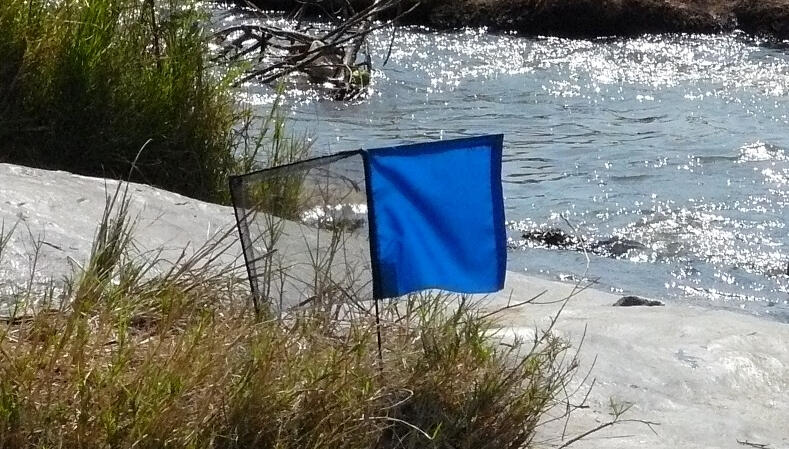
Tsetse flies transmit trypanosomes which cause sleeping sickness in humans and related diseases in livestock, such as ‘nagana’ a disease of cattle. Sleeping sickness is fatal if untreated; there are no vaccines or drugs to provide protection and treatment of the disease currently requires prolonged treatment with toxic drugs.
Sleeping sickness occurs only in sub-Saharan Africa, largely in remote areas of central and west Africa. Most people affected by the disease are poor without access to a health system that can correctly diagnose and treat cases. In some areas, more than 90% of people infected die for lack of treatment. An international programme of active screening and treatment active screening has driven the number of cases down to less than 10,000 per and efforts are currently aiming to eliminate the disease as a public health problem.
The only method of protecting people from sleeping sickness is by controlling tsetse flies. Unfortunately the standard methods used to control tsetse were too complex and expensive to be used in places where sleeping sickness is a problem.
Scientists from the Liverpool School of Tropical Medicine, working with partners from Africa and Europe, have developed a new method of controlling tsetse. Tsetse must find and feed on a host every three days. Analysis of the visual and odour cues that they use to find their hosts resulted in the so-called ‘Tiny Target’: a small blue-coloured panel of cloth that look like a host to a tsetse. Targets are impregnated with insecticide and deployed along river banks where tsetse flies concentrate. Flies attracted to a target contact it and are killed.
Tiny Targets are now being used in large-scale programmes to control sleeping sickness in Uganda, Chad, Guinea, Cote d’Ivoire and the Democratic Republic of Congo. Results from these control programmes are showing that the addition of vector control to ‘screen-and-treat’ is allowing countries to reach the elimination goal.
Lead: Professor Steve Torr